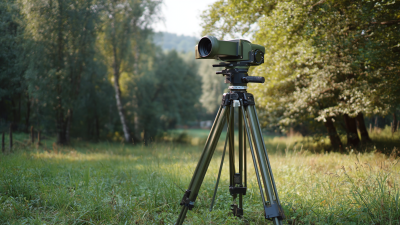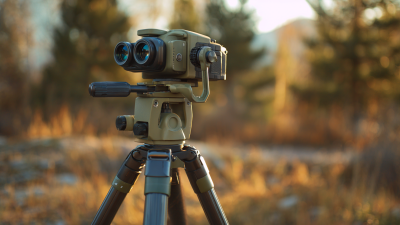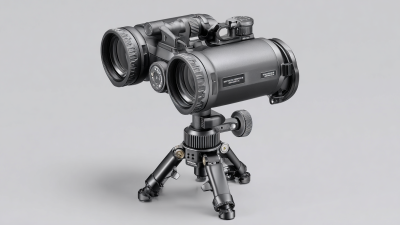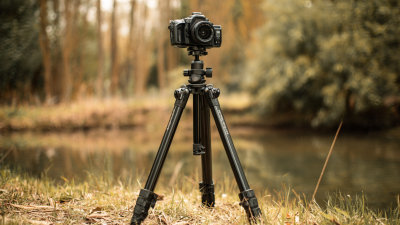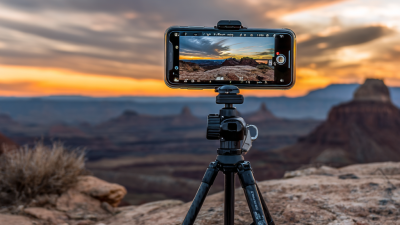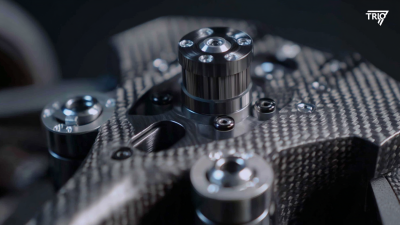When embarking on outdoor adventures, having the right equipment can significantly enhance your experience, and one essential tool is a quality Binocular Tripod. Whether you're birdwatching, stargazing, or simply enjoying the beauty of nature, a stable and reliable tripod allows you to fully immerse yourself in the moment without the distraction of shaky views.
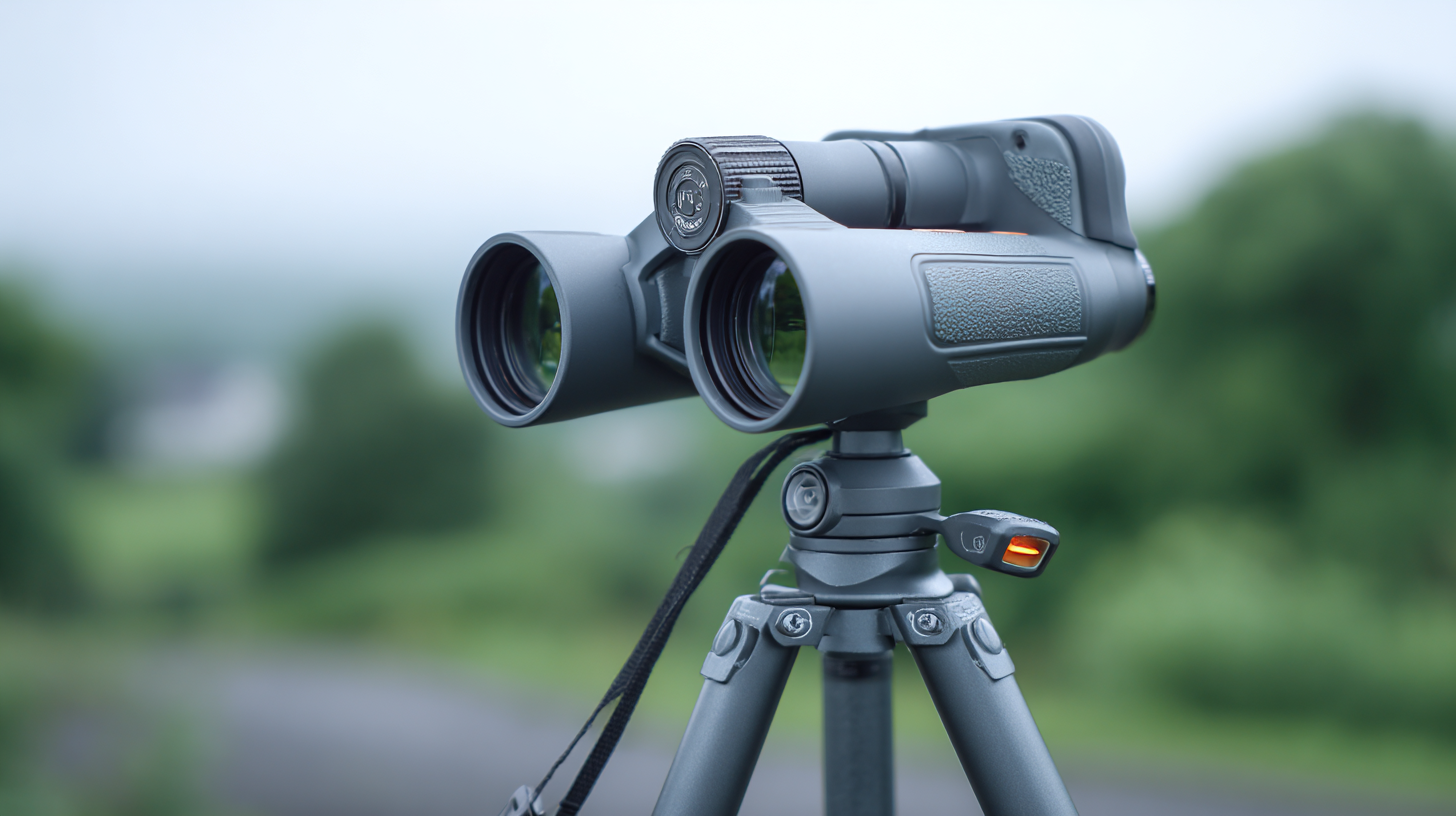
However, choosing the best Binocular Tripod can be daunting with the myriad of options available on the market today. From understanding the weight capacities and materials to considering portability and ease of setup, this guide will explore critical factors to help you make an informed decision. By following these insights, you'll be well-equipped to select a Binocular Tripod that complements your outdoor activities, ensuring you capture every detailed sight with clarity and comfort.
When selecting a binocular tripod for outdoor adventures, it's essential to consider several key factors that can significantly enhance your viewing experience. Firstly, stability is paramount; a sturdy tripod minimizes vibrations and ensures a steady view, especially when observing distant objects. According to a recent industry report, tripods with larger diameters and heavier bases provide superior stability, which can be crucial during windy conditions or when using high-magnification binoculars.
Portability is another important factor for outdoor enthusiasts. Many users prefer lightweight, compact tripods that are easy to carry on hiking trips. The same industry insights indicate that tripods weighing under three pounds while maintaining a load capacity of at least 10 pounds strike a good balance between portability and functionality. Additionally, adjustable height is crucial for accommodating different viewing angles, making it easier for users of varying heights to enjoy their observations comfortably.
Lastly, consider the material of the tripod. For instance, aluminum and carbon fiber are popular choices, with carbon fiber typically offering greater durability and weight savings. A recent survey found that over 60% of experienced users prefer carbon fiber tripods for their resilience in diverse outdoor conditions. By weighing these factors carefully, you can choose the best binocular tripod tailored to your unique outdoor adventures.
When you're gearing up for outdoor adventures, particularly in hunting or competitive shooting, understanding the different types of tripod designs for binoculars can significantly enhance your experience. There are three primary types of tripods: standard tripods, window mount tripods, and portable lightweight tripods. Standard tripods offer stability and are suitable for most situations, allowing for precise adjustments without compromising on stability, which is crucial for spotting wildlife or distant targets.
In contrast, window mount tripods provide a unique advantage for vehicle-based observations, allowing users to attach their binoculars to car windows. This setup offers a stable platform while still being mobile. Lightweight tripods, on the other hand, cater to those who prioritize portability. These models, often crafted from aluminum or carbon fiber, are ideal for backpacking scenarios where every ounce counts. According to recent industry reports, the use of proper tripods can reduce arm fatigue by up to 30%, making extended observation periods much more comfortable. Investing in the right design tailored to your specific outdoor needs not only improves visual stability but also enhances overall enjoyment and effectiveness during your adventures.
| Tripod Design Type | Material | Weight Capacity | Height Range | Portability | Price Range |
|---|---|---|---|---|---|
| Compact Tripod | Aluminum | 5 kg | 50 - 120 cm | High | $30 - $80 |
| Full-Size Tripod | Carbon Fiber | 15 kg | 60 - 180 cm | Moderate | $100 - $300 |
| Tabletop Tripod | Plastic | 3 kg | 20 - 50 cm | Very High | $15 - $50 |
| Travel Tripod | Aluminum | 10 kg | 50 - 160 cm | High | $80 - $200 |
When selecting a binocular tripod, the material of the construction plays a crucial role in determining both durability and weight. Tripods are typically made from materials such as aluminum, carbon fiber, or magnesium, each offering distinct advantages. Aluminum is often favored for its balance of cost and sturdiness, making it a great option for beginners. However, it can be heavier, which might be a drawback for those embarking on long hikes.
For those prioritizing lightweight gear, carbon fiber is an excellent choice despite its higher cost. This material not only reduces overall weight but also provides enhanced stability, which is essential for steady viewing. The investment in a carbon fiber tripod is worthwhile for serious outdoor enthusiasts who value portability without sacrificing performance.
Tips: When choosing a tripod, consider the weight you'll be carrying along with your binoculars. If you plan on extensive trekking, prioritize lightweight materials like carbon fiber. Check for models with rubber feet or spikes for versatility on various terrains. Always ensure that the tripod can handle the weight of your binoculars to avoid any mishaps during your adventures.
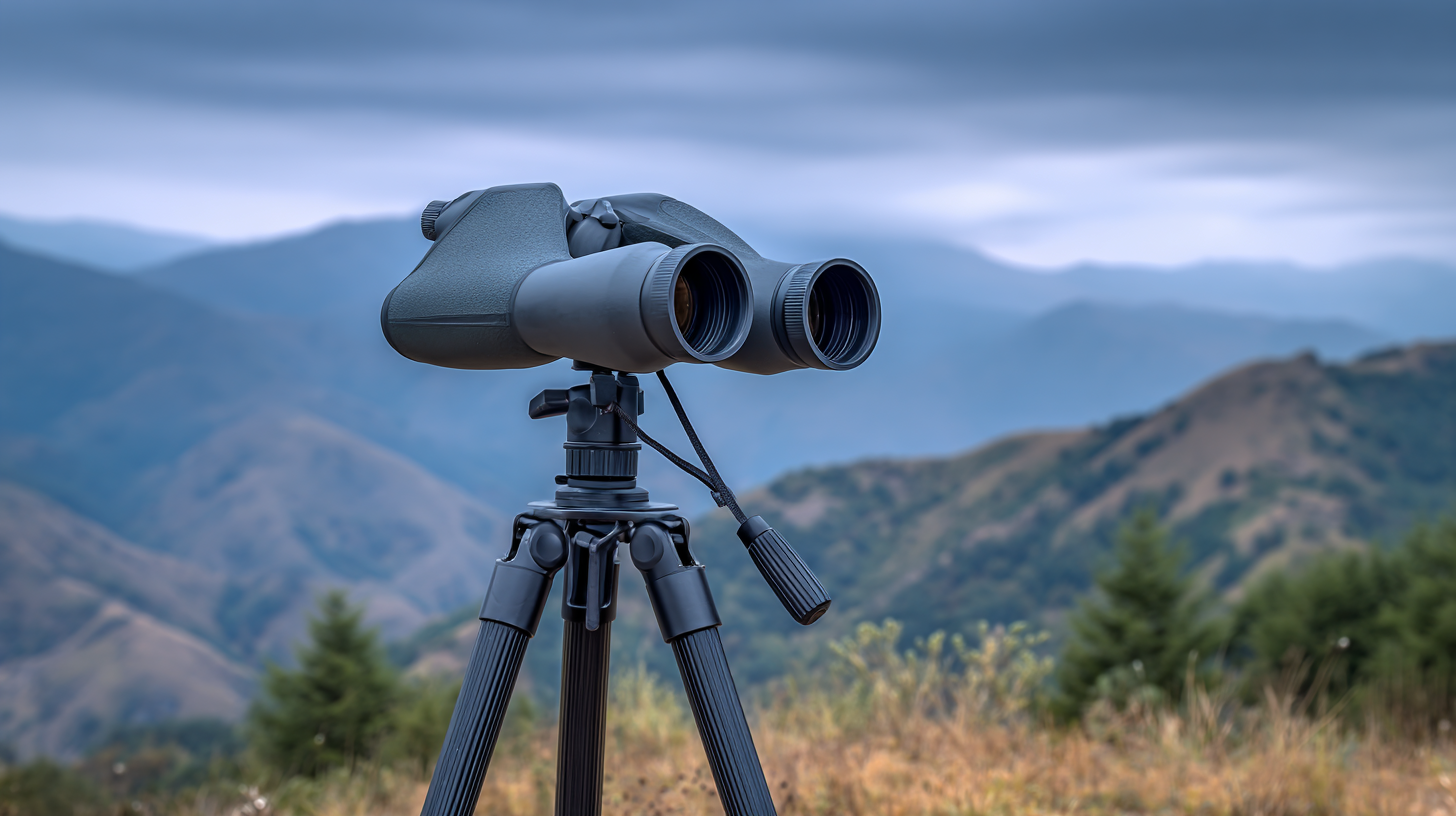
When it comes to choosing a binocular tripod for your outdoor adventures, height adjustability plays a crucial role in ensuring comfort and usability. The ideal tripod height allows for a natural viewing position, reducing strain on your neck and back during extended periods of observation. It's essential to consider the adjustable height range of the tripod and how well it can accommodate various environments, from rugged terrains to open fields.
**Tips: When selecting a tripod, look for models with a quick-release height adjustment mechanism. This feature enables you to easily switch between different heights based on your activity, whether you're birdwatching, stargazing, or enjoying a scenic hike. Additionally, consider the tripod’s stability at different heights; a sturdy build will prevent vibrations that can disrupt your viewing experience.**
Another aspect to consider is the maximum height of the tripod compared to your own height. If you're taller, you'll want a tripod that extends far enough to avoid awkward bending. Conversely, if you're shorter, ensure the tripod can be lowered sufficiently for comfortable use. Always try out the tripod before purchasing to see how it feels, and check if it can smoothly adjust to your preferred height without any hassle.
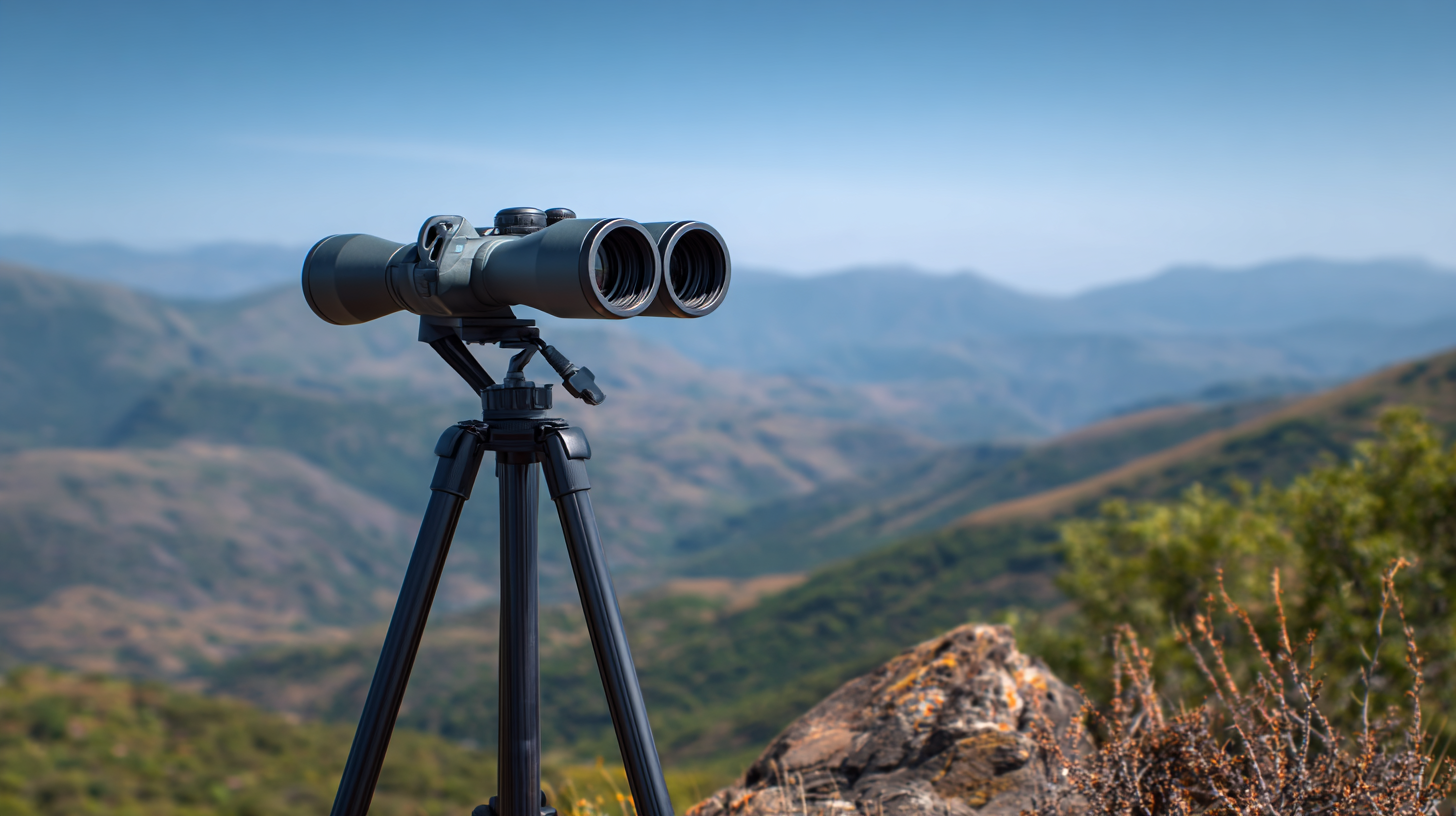
When embarking on outdoor adventures, selecting an affordable yet reliable tripod is essential for enhancing your experience. Recent market analysis shows that while premium tripods can exceed hundreds of dollars, there are budget-friendly options available that do not compromise on quality. In fact, industry reports suggest that a significant percentage of consumers, approximately 65%, express interest in tripods priced under $200, highlighting the demand for economical solutions that provide stability and performance.
The landscape of tripod technology has evolved markedly, emphasizing lightweight yet sturdy materials perfect for travel. More manufacturers are introducing models weighing less than 3 pounds, which can support significant loads, making them ideal for binoculars and cameras alike. As per 2025 projections, the trend towards portable tripod designs continues to grow, with features like quick-release plates and adjustable heights becoming staples across mid-range products. These innovations ensure that outdoor enthusiasts can find a reliable tripod that blends affordability with functionality, perfectly catering to diverse needs and adventures.
